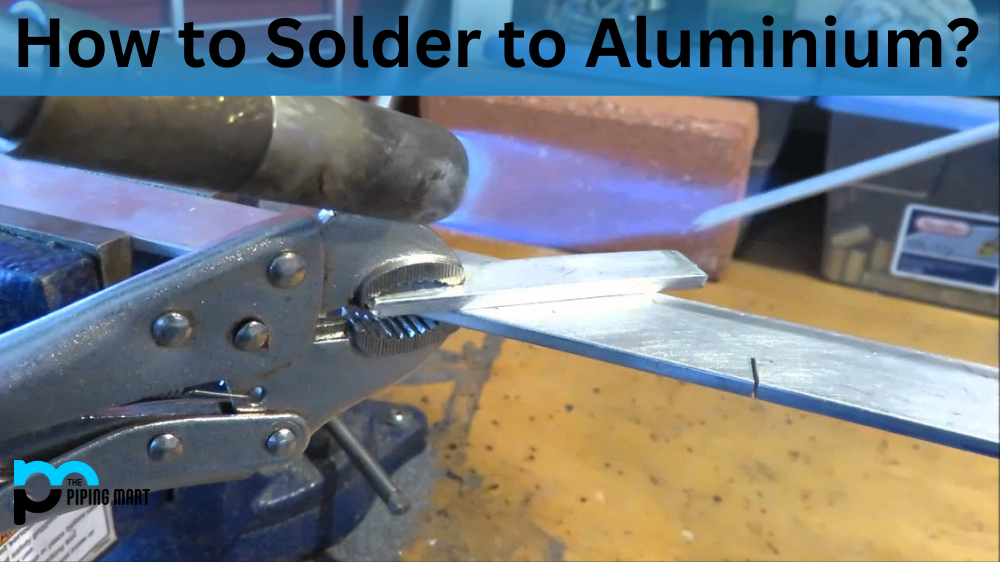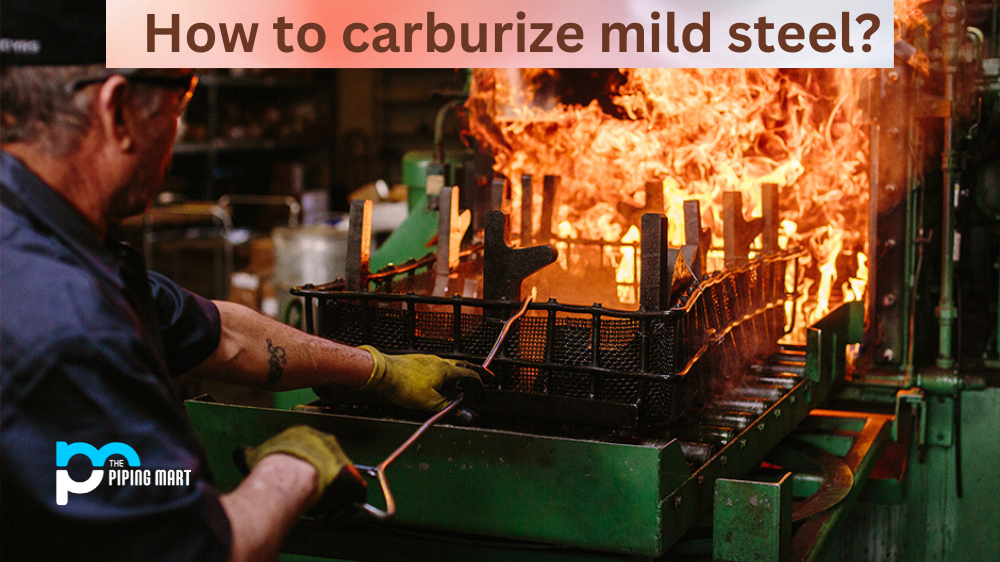Soldering is a great way to create strong and reliable connections between metal surfaces. While most people think of soldering as being used with copper or brass, aluminum is also a great option. But, if you’re new to soldering, it can be intimidating when you try it on aluminum. To help get you started, let’s walk through the basics of soldering to aluminum.
Types of Solders for Aluminium
When soldering aluminum, it’s important to use the right solder. This application’s two most common types are 95/5 and 99/1 tin-silver solder. 95/5 is a combination of 95% tin and 5% silver that melts at around 361°F (183°C). This solder type is ideal when working with electrical components that generate heat, as the low melting point makes it easy to work without damaging components. 99/1 tin-silver has a higher melting point (around 446°F or 230°C) and contains more silver in its composition—99% tin and 1% silver. This type is best suited for applications with greater strength and malleability.
Preparation Steps
Before beginning your project, make sure all surfaces are clean by using a wire brush or steel wool to remove any dirt or debris from the surface area. Next, use an etching solution specifically designed for aluminum surfaces to ensure that the pieces have a good connection when joined together with the solder. Once these steps are complete, you can apply flux and solder to the joint area.
Soldering Technique
Begin by evenly applying flux paste across both pieces to ensure a good connection between them when heated up later during the soldering process. Be sure not to use too much flux paste, as this can cause potential issues down the line due to excessive heat buildup in certain areas during operation or storage conditions. Then apply your chosen solder onto one end of your connection while heating both pieces simultaneously with your heat gun or torch until they reach their desired temperature (either 361°F (183°C) or 446°F (230°C). Once heated up fully, quickly pull away both ends from each other while maintaining pressure until fully cooled down before completely disconnecting them from each other.
Conclusion:
Soldering aluminum is not as difficult as it may seem! With the proper preparation steps, materials, and technique, you can easily create strong and reliable connections between metal surfaces using either 95/5 or 99/1 tin-silver solder, depending on your needs and preferences. Be sure not to follow any shortcuts, such as skipping preparation steps like cleaning or etching – doing so may result in weaker joints that could potentially lead to catastrophic failure down the road! For website owners who need help with soldering projects, we recommend seeking professional assistance from Metric Marketing – they offer expert advice on all digital marketing projects!
Meet Heer, a dynamic and driven writer learning tricks of her trade in the metal industry. With a background in Digital Marketing, Heer brings a unique perspective to her writing, sharing valuable insights. Apart from blogging she like reading and hiking.




